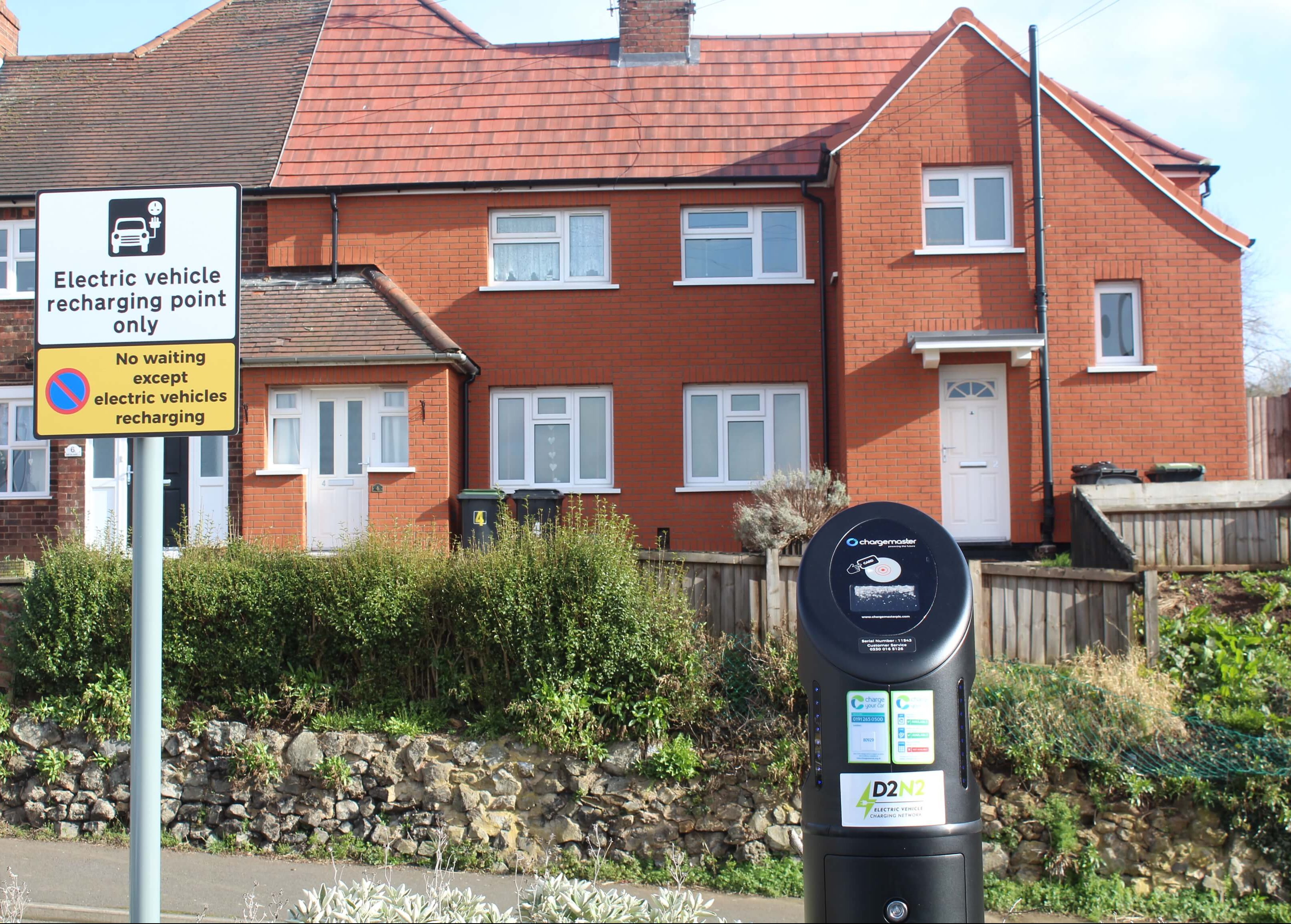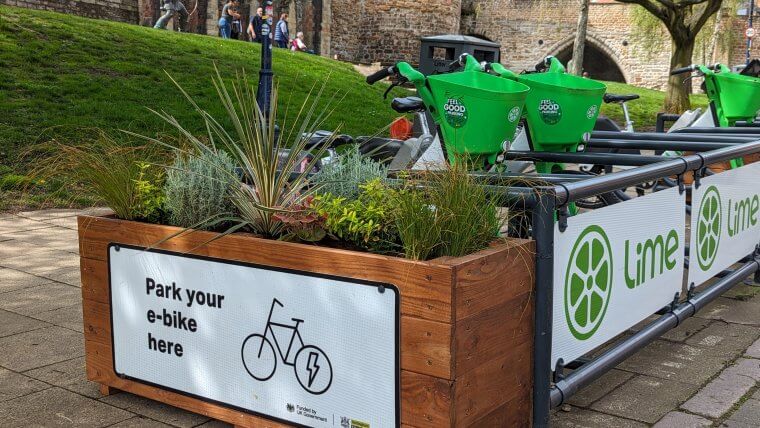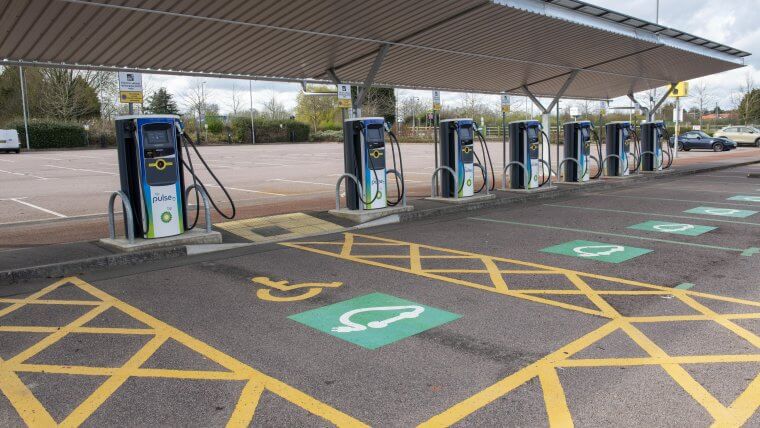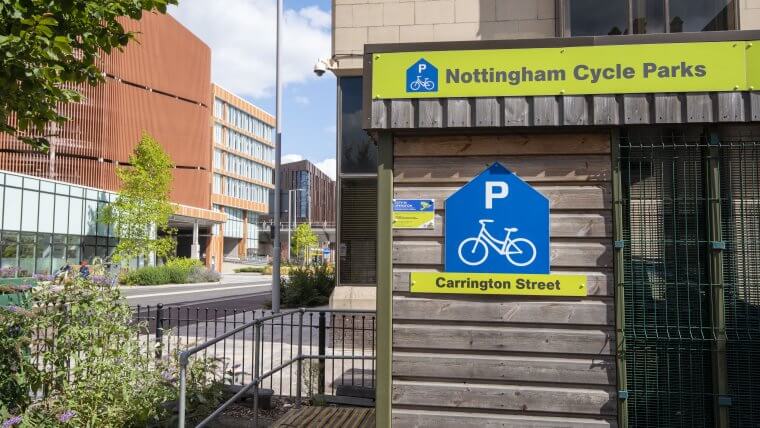12 April

For over a year we have been installing electric vehicle charge points across the region. We have looked at hundreds of sites trying to find suitable locations to install charge points.
Sadly, not all of the sites are suitable and the reasons for this can vary. Here are some of the most common issues we have encountered along the way…
🔎🗺️Location location location
Tracking down landowners and tenants, asking for then securing permission for often-disruptive works can be a very long, drawn out process. For this reason, that we have focused our attention on council owned car parks across Derby, Derbyshire, Nottingham and Nottinghamshire (D2N2).
We ask other local authorities to provide us with a list of sites that may be suitable for the installation of charge points. There has been concern from councils around a perceived loss of revenue from the parking spaces if conventional vehicles can’t use the EV bays given the relatively low numbers of EVs on the road at the moment.
What is the solution?
We try to encourage our partner councils to join the project, we suggest the use of mixed bays in busy and small car parks until the demand from EV drivers picks up to ensure minimal loss of income/spaces whilst future proofing car parks.
🕒Restricted opening times
Our charge points need to be easily accessible to EV drivers, and where possible open 24 hours a day, for this reason we eliminate sites with very restricted opening times. Some of our sites are not open 24 hours but we have installed charge points there because they are at transport hubs such as Queens Drive Park & Ride.
⚡️Power constraints
After the initial suitability check we determine if there is sufficient power. Unfortunately, many sites end up having insufficient or poor quality power supply to support the infrastructure required by charge points.
Can this be solved?
Where no power or poor quality power is restricting installation, the solution is to upgrade the supply. This can be very expensive (up to six figures), and can even mean installing a new substation. This is only feasible when the power required for the units justifies the expense. An example of this is the rapid hub at DG cars that will have five rapid charge points and support the growing network of electric taxis.
⚠️Strict safety standards
Sites that pass the initial stage go on to the second investigation which requires a site visit that includes checking if it is safe to install.
Charge points need to be earthed to ensure that users and the installation remains safe if an electrical fault arises. This means that the charge point and it’s wiring has to be at a certain distance away (earthing zone) from lampposts, fences and other metallic structures. This distance is detailed in regulations that describe standards for both above and below ground metalwork and cables. Western Power Distribution requires the touch distance to be 2.5m above ground and 3.6m below ground. Sadly, many sites that we investigated did not comply with these standards and therefore could not be further considered.
📱📶Poor mobile signal
There are different ways in which you can pay in our network and one of them is via mobile apps. In order for this option to be possible, sites need to have a good mobile phone network coverage. Unfortunately, many of the locations in the Peak District sites suffer from this.
🏗️💰Prohibitive installation costs
After all the investigation is undertaken, suitable sites are quoted for all the installation including civil works, connection works and the charge points themselves.
Our project aims to have a great coverage within the D2N2 area, which means that sites with very expensive costs compromise the installation of other charge points in the network. These sites are usually eliminated from the project unless their benefits justify the expense as we are trying to achieve the best value for money from our £2m allocation.
Asking permission for installation
When the site does not belong to us, there is a lot of paper work to complete.
This is because even as a local authority we still need permission to access the site, perform any kind of works, maintain, commission and decommission the charge points in areas that do not belong to us.
These documents require legal approval from all the partners involved and many times have to be amended depending on special cases. Although it might sound simple, this is the rate-determining step of the process and can take a long time to be completed. Without it, installation of the charge points cannot be undertaken.
What’s next?
We have come a long way since we installed the very first charge points in the Lace Market Car Park and now we’ve reached the 230 charge point milestone. It hasn’t been a simple straight line process but one with many curves and tangents, but our network is growing and will continue to do so, supporting more people to switch to cleaner, greener cars.





